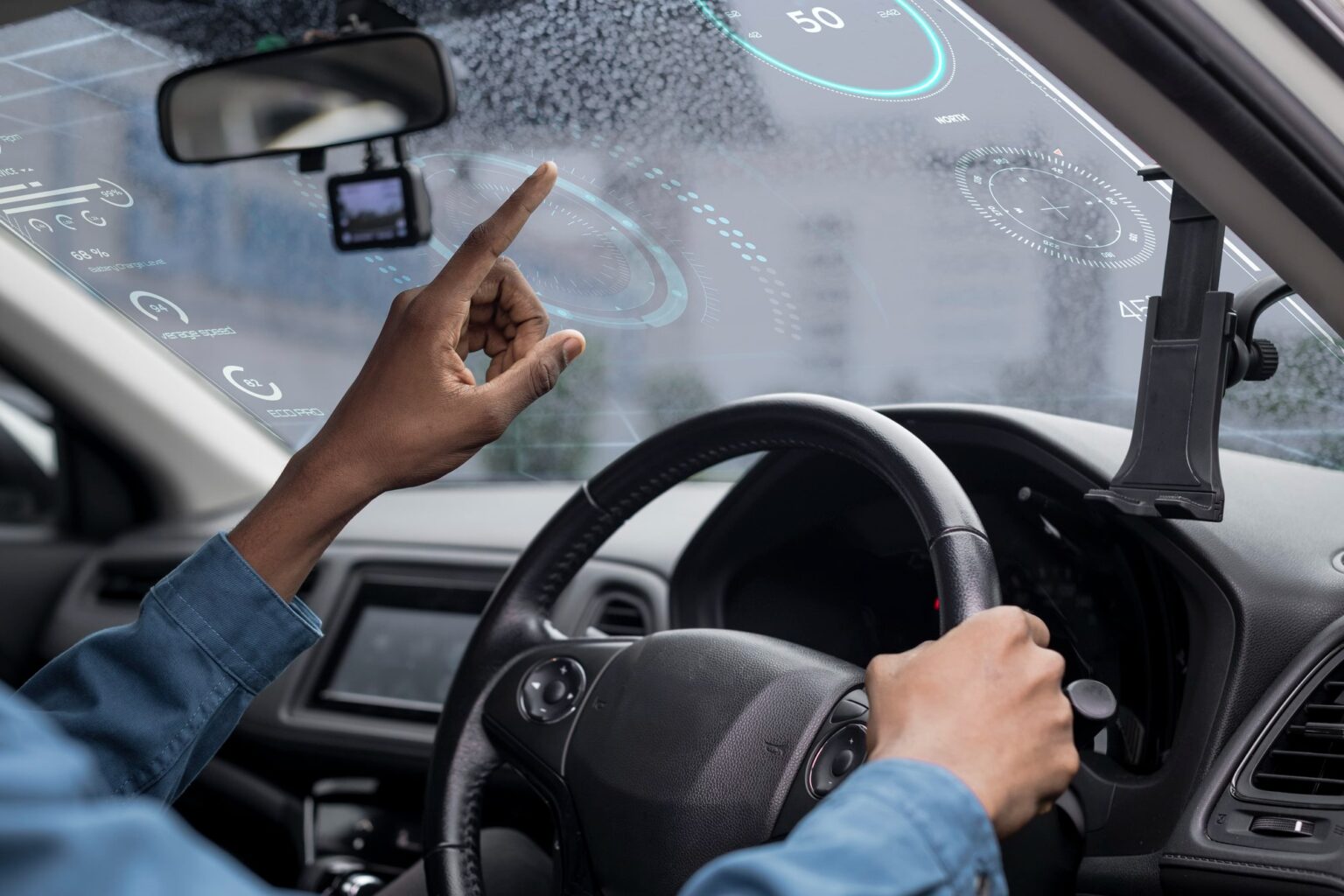[vc_row][vc_column][vc_column_text]image Credit: Guardian Safe and Vault[/vc_column_text][/vc_column][/vc_row][vc_row][vc_column][vc_column_text]
The automotive industry is experiencing rapid advancements driven by emerging technologies that are shaping the future of transportation. Here are some key innovations that are driving the industry forward:
- Electric Vehicles (EVs): The shift towards electric vehicles is transforming the automotive landscape. EVs offer numerous advantages, including zero tailpipe emissions, reduced dependence on fossil fuels, and lower operating costs. Advances in battery technology are extending the driving range of EVs, while the expansion of charging infrastructure is improving convenience and accessibility.
- Autonomous Driving: Autonomous vehicles are revolutionizing transportation by enabling self-driving capabilities. Advanced sensors, artificial intelligence, and machine learning algorithms are employed to perceive and interpret the environment, allowing vehicles to navigate and make decisions autonomously. Autonomous driving has the potential to improve road safety, increase efficiency, and enhance mobility for all.
- Connectivity and V2X Communication: Vehicle-to-Everything (V2X) communication enables vehicles to communicate with each other, infrastructure, and pedestrians. This connectivity enhances safety by providing real-time information about road conditions, traffic, and potential hazards. Additionally, connected cars offer advanced features such as over-the-air updates, intelligent navigation, and integration with smart city infrastructure.
- Advanced Driver Assistance Systems (ADAS): ADAS technologies are becoming more prevalent, offering assistance to drivers and enhancing safety. Features such as adaptive cruise control, lane-keeping assist, automatic emergency braking, and blind-spot monitoring are increasingly common in modern vehicles. ADAS technologies pave the way for more advanced autonomous driving capabilities.
- Augmented Reality (AR) and Heads-Up Displays (HUD): AR and HUD systems are being integrated into vehicles to provide drivers with enhanced information and a more intuitive driving experience. These systems project relevant data, such as navigation instructions, speed, and warnings, onto the windshield or a dedicated display, reducing the need for drivers to look away from the road.
- Advanced Materials and Lightweighting: Innovations in materials, such as high-strength steel, aluminum, carbon fiber, and composites, are enabling the development of lighter and more fuel-efficient vehicles without compromising safety. Lightweighting reduces energy consumption and extends the driving range of electric vehicles.
- Sustainable and Renewable Fuels: The automotive industry is exploring alternative fuels as part of sustainability efforts. This includes biofuels, hydrogen fuel cells, and synthetic fuels that can help reduce greenhouse gas emissions and decrease dependence on fossil fuels. These technologies have the potential to contribute to a more sustainable transportation ecosystem.
- Shared Mobility and Mobility as a Service (MaaS): The rise of ride-sharing services and the concept of Mobility as a Service are changing the way people think about transportation. Shared mobility platforms, combined with autonomous vehicles, have the potential to reduce traffic congestion, lower transportation costs, and enhance overall urban mobility.
These innovations are reshaping the automotive industry, focusing on sustainability, safety, efficiency, and improved user experiences. As technology continues to advance, we can expect further integration of these innovations, leading to a transformative and interconnected transportation ecosystem in the future.[/vc_column_text][/vc_column][/vc_row]



